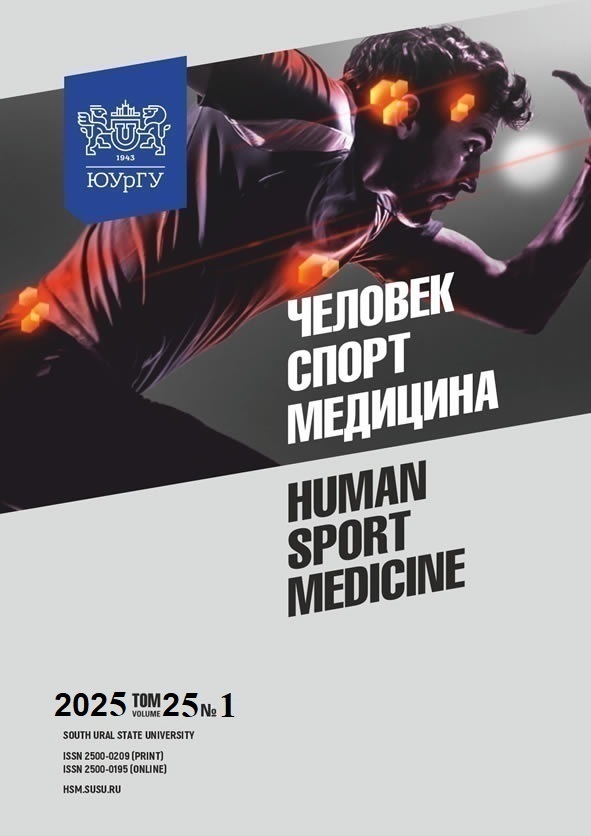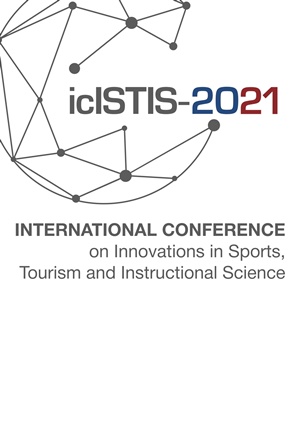ANALYSIS OF THE RELATIONSHIP BETWEEN CERTAIN PHYSIOLOGICAL AND MOTOR CHARACTERISTICS OF LONG-DISTANCE RUNNING
Abstract
Aim. The aim of the study was to identify the relationship between physiological and motor characteristics of long-distance running and athletic performance. Material and methods. The study involved 20 students specializing in track and field athletics and competing in long-distance running. Participants were divided into two groups based on their performance levels: Group A (n = 10) consisted of athletes with a second adult category ranking, Group B (n = 10) included athletes with a first adult category ranking or higher. Running tests were conducted on a treadmill, during which a comprehensive set of cardiorespiratory, metabolic, and motor parameters was recorded. Long-distance running requires mobilization of physiological systems. Results. The results demonstrated that the parameters measured during a 3000-meter run test were proportional to those obtained during treadmill testing. The results indicate the importance of developing the capacity of both energy systems. A trend toward restructuring external respiration was observed, marked by an increase in both respiratory rate and depth. However, maximal oxygen utilization and carbon dioxide excretion remained relatively stable. Conclusion. The study established that improvements in most of the examined physiological indicators reflect enhanced functional capabilities among the participants. As training levels increased, the energy cost of running decreased, and the ratio between aerobic and anaerobic energy supply shifted toward a greater contribution from the anaerobic component.
References
References on translit
Copyright (c) 2025 Human. Sport. Medicine

This work is licensed under a Creative Commons Attribution-NonCommercial-NoDerivatives 4.0 International License.















